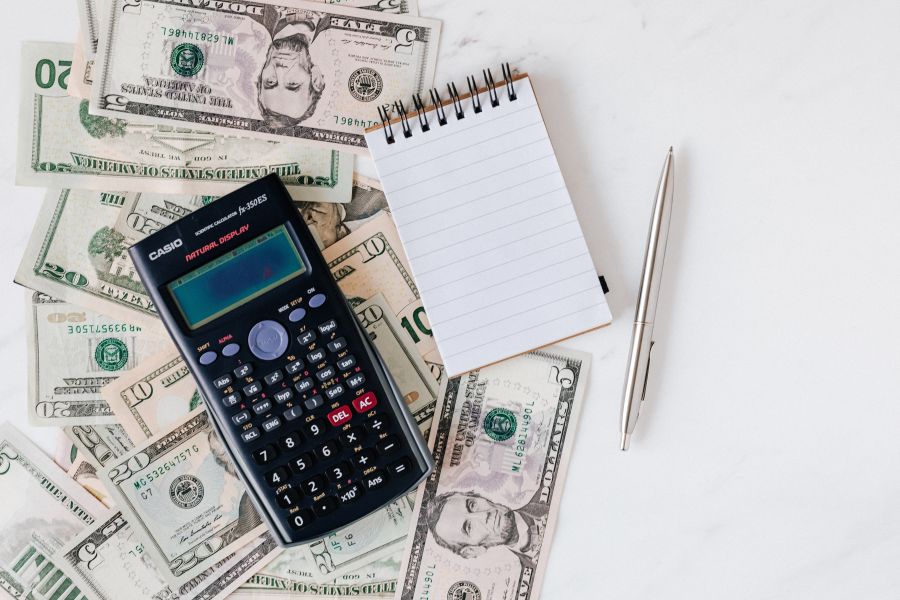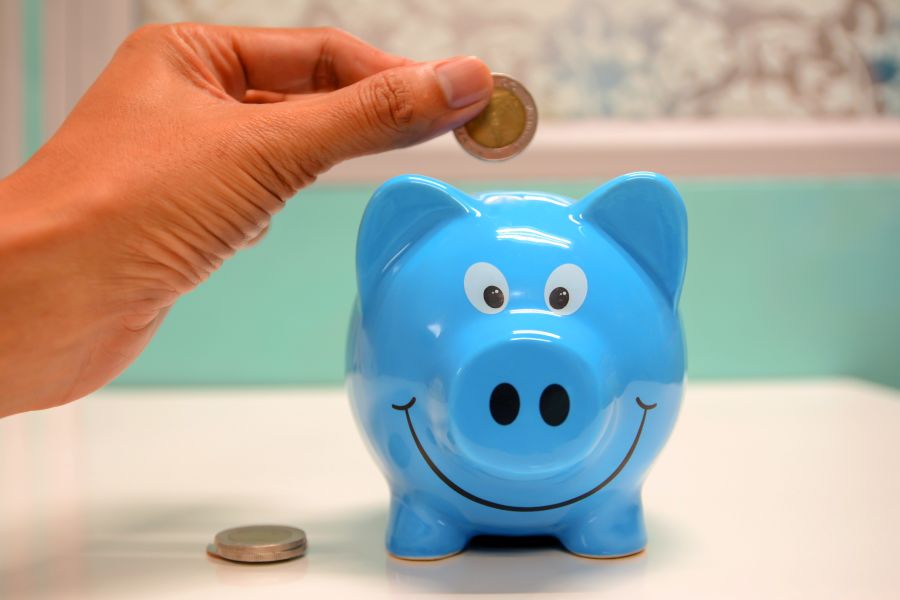Blog
Understanding Different Odds Formats in Sports Betting
Sports betting continues to gain popularity worldwide, providing sports enthusiasts with an opportunity to engage in their favorite competitions in a unique way.
However, there are various formats of odds in sports betting, and it's not always easy to grasp how each one works.
These odds formats are crucial for understanding the potential profits of a bet and are used differently in different parts of the world.
In this article, we will explain the three main odds formats in sports betting: decimal odds, fractional odds, and American odds.

Understanding Decimal Odds in Sports Betting
Decimal odds, also known as European odds, are one of the most common formats used in sports betting, primarily in Europe but also in many other parts of the world.
Even Pinnacle have these odds by default. Let's delve into decimal odds, what they are, and how they work.
Basics of Decimal Odds
Decimal odds represent the total potential payout for a winning bet, including your initial stake. The odds indicate how much profit you can make for each unit wagered.
The formula for calculating potential profits with decimal odds is simple:
Potential Profit = Stake x Decimal Odds
For example, suppose you want to bet €100 on a football match with decimal odds of 2.00:
Potential Profit = €100 x 2.00 = €200
In this scenario, your potential profit would be €100, and you would receive a total payout of €200 if your bet is successful.
This includes both your initial stake of €100 and a €100 profit.
Determining Probability
Decimal odds can also be used to calculate the implied probability of an outcome.
To find the implied probability, you can use the following formula:
Implied Probability (%) = 1 / Decimal Odds x 100
For example, with decimal odds of 2.00, the implied probability would be as follows:
Implied Probability = 1 / 2.00 x 100 = 50%
This means that according to these odds, bookmakers estimate a 50% chance of the event occurring.
Different Decimal Odds Formats
Decimal odds can appear in various formats, but they convey the same information.
Here are some common decimal odds formats:
- 2.00: Even, meaning a €100 bet would result in a €100 profit if successful.
- 1.50: Favorite, indicating a €100 bet would result in a €50 profit if successful.
- 3.00: Underdog, where a €100 bet would result in a €200 profit if successful.
This method of odds representation is likely the most well-known and is commonly used by many.

Understanding Fractional Odds in Sports Betting
Fractional odds (also known as "UK Odds") are primarily used in the United Kingdom and Ireland, on bookmakers like William Hill for example. Here's an explanation of how they work:
Basics of Fractional Odds
Fractional odds are presented as a fraction, such as 2/1 or 5/2. These odds are used to indicate potential profit relative to your stake.
The numerator (top number) represents the potential profit, while the denominator (bottom number) represents the stake required.
Here's an overview of how fractional odds work:
- The numerator (top number) indicates how much profit you can make.
- The denominator (bottom number) represents the amount you need to bet.
For example, if you have fractional odds of 5/2, it means that for every €2 wagered, you can potentially win €5 in profit.
Your total payout, including your initial €2 stake, would be €7 if your bet is successful.
Different Fractional Odds Formats
Fractional odds can take various formats and provide valuable information about the probability of an event occurring.
Here are some common fractional odds formats:
- 1/1: Even, where you can win €1 for every €1 bet, plus your initial stake.
- 3/4: Favorite, indicating that for every €4 bet, you can potentially win €3 in profit, plus your €4 stake.
- 7/2: Underdog, suggesting that for every €2 bet, you can potentially win €7 in profit, plus your €2 stake.
Calculating Probability
Fractional odds also allow you to calculate the implied probability of an outcome.
To find the implied probability as a percentage, you can use the following formula:
Implied Probability (%) = (Denominator) / ((Numerator) + (Denominator)) x 100
For example, with fractional odds of 5/2, the implied probability would be as follows:
Implied Probability = 2 / (5 + 2) x 100 = 28.57%
This means that according to the odds, there is approximately a 28.57% chance of the event occurring.
Now, let's take a look at the "US Odds" format across the Atlantic.

Understanding American Odds in Sports Betting
American odds are predominantly used in the United States, and to be honest, our American friends have made it a bit complicated (although that's just my opinion, of course). Let's take a closer look:
Basics of American Odds
American odds are represented by positive or negative numbers. These odds indicate potential profit or loss for a $100 bet. Here's how they work:
- Positive Odds: They (e.g., +150) represent the potential profit on a $100 bet. If the odds are positive, it indicates how much you can win for a $100 bet. For example, +150 means you can potentially win $150 in profit for every $100 wagered.
- Negative Odds: They (e.g., -200) represent the amount you need to bet to win $100 in profit. Negative odds indicate favorites and tell you how much you must wager to win $100. For example, -200 means you need to bet $200 to potentially win $100 in profit.
Different Types of American Odds
American odds can be presented in two formats: positive or negative. Here are some examples:
- Positive Odds: Underdog (+150, +200, +300, etc.). The higher the positive number, the lower the chances of success but the greater the potential profit.
- Negative Odds: Favorite (-150, -200, -300, etc.). The higher the negative number, the higher the chances of success, but the larger the bet required to win $100 in profit.
Calculating Profits
To calculate your potential profit with American odds, use the following formulas:
For Positive Odds: Potential Profit = (Bet / 100) x Positive Odds
For Negative Odds: Potential Profit = (100 / Absolute Value of Negative Odds) x Bet
For example, if you bet $50 on a team with +150 odds:
Potential Profit = ($50 / 100) x 150 = $75
So, a successful $50 bet at +150 odds would yield a profit of $75, for a total payout of $125, including your initial $50 stake.
If you bet $50 on the opposing team with -200 odds:
Potential Profit = (100 / 200) x $50 = $25
In this case, a winning bet would net you $25 in profit, for a total payout of $75 (including your initial $50 stake).

In conclusion, the choice of odds format in sports betting often depends on your geographical location and personal preference.
However, it's essential to understand them all to follow the best tipsters or adapt to the odds offered in your country.
Regardless of the format you choose, always remember that sports betting is not an easy way to make money.
Long-term profitability (ROI) requires dedication, diligence, and composure.
Oh, and one last thing: always manage your bankroll responsibly to avoid unpleasant surprises and going into the red.
Good luck!
Thursday, September 14, 2023
In my same category
Blog
Bet2Invest Unveils Its New Branding
Tuesday, November 4, 2025
At Bet2Invest, we’ve always had a simple mission: to make sports investing as rational and measurable as financial markets.Today, that vision comes with a complete rebrand — a refreshed identity that reflects who we’ve become: a platform built on data, tr...
See the articleBlog
The History of Sports Betting: From the Greeks to Artificial Intelligence
Monday, December 4, 2023
Sports betting has a history spanning millennia, spanning different eras and cultures.To understand where this great global passion for gambling comes from today, we will have to go back a few years, to a time when sporting competitions naturally gave bir...
See the articleBlog
How to win at sports betting: techniques and tips to maximize your winnings
Tuesday, November 21, 2023
The world of sport bets is an exciting world, where each bet represents a new opportunity to use your knowledge and flair to anticipate the results of sporting events.However, it is essential to remember that sports betting also carries significant risks....
See the articleBet2Invest is not a bookmaker and does not offer sports betting services. However, its content is related to sports betting activities.
Gambling is strictly prohibited for minors. Play responsibly — excessive gambling can lead to financial loss, debt, or addiction.